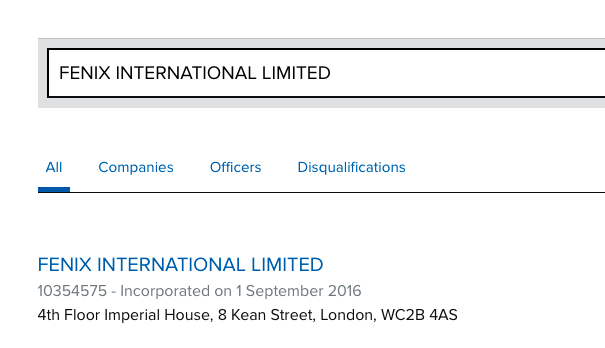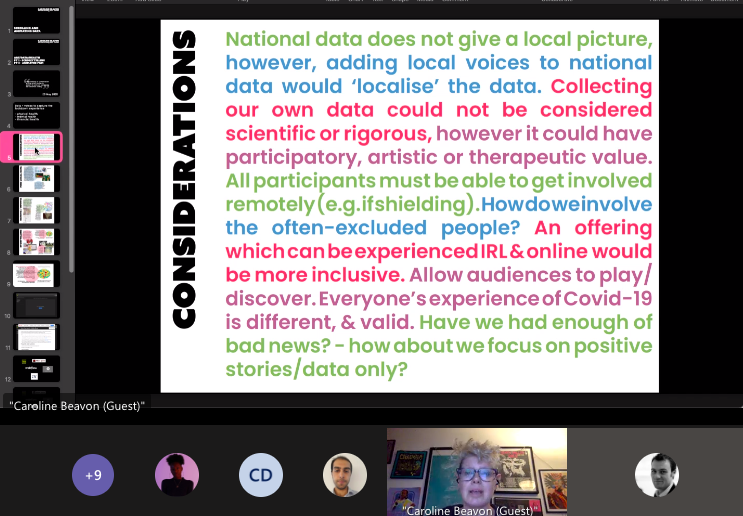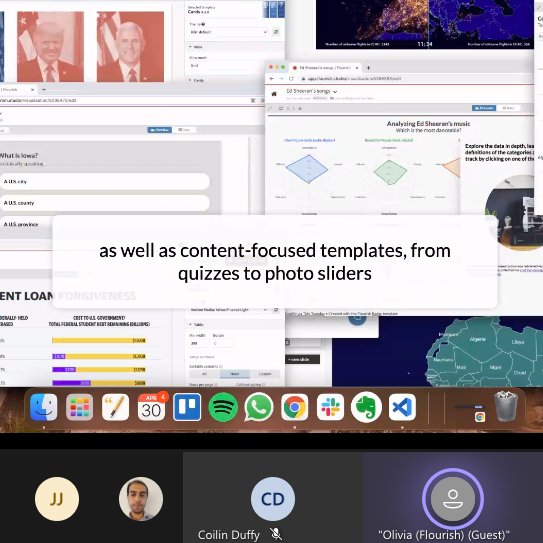🧵It's time for another journey into the world of telling stories through company accounts - this time Naomi Campbell's fashion charity is under investigation!
The story is here: theguardian.com/society/2021/n… But how did the reporter find the details..?
The story is here: theguardian.com/society/2021/n… But how did the reporter find the details..?
2/ First up: the story *lead* doesn't come from company accounts, it comes from a press release: gov.uk/government/new… — you can get email alerts about announcements from the Charity Commission here: gov.uk/government/lat… ...
3/ ...But a reporter could have found some good story leads on the supermodel's charity much earlier if they'd been looking, as the details of the story show...
4/ You can search for a charity's accounts on the Charity Commission register - here's a search for Fashion For Relief …of-charities.charitycommission.gov.uk/charity-search… - and here's the charity's page …of-charities.charitycommission.gov.uk/charity-search…...
5/ The latest accounts are overdue by 179 days - late accounts are a good reason to check out earlier ones to see why that might be happening, and to make some calls to see if there are any concerns/activity etc. which might be newsworthy (but not defamatory) 

6/ You can sign up for alerts on the Companies House website for new documents from companies - but annoyingly not on the Charity Commission. So try a tool like Visualping to provide email updates on when a webpage has changed (including late notices).
7/ In this case, the reporter hasn't spotted what's happening - the Charity Commission has - and now they need to scramble to find some background to flesh out a very vague press release.
Some is basic context about what the charity has been doing lately, from news reports...
Some is basic context about what the charity has been doing lately, from news reports...

8/ ...but then we get to the more interesting detail from the accounts. It spent less than 1% of its income on "good causes". How does the reporter know this..? (Clue: it's not in the press release) 

9/ ...Well, the Charity Commission does very usefully provide a breakdown of how much each charity spends on "charitable activities" on the charity overview page …of-charities.charitycommission.gov.uk/charity-search… — but it's not that... 

10/ For the detail we need to head over to the 'Accounts and annual returns' page …of-charities.charitycommission.gov.uk/charity-search… and download the most recent accounts available.
11/ Income and spending are normally the first set of numbers, here on p6: we can see that £1.6m was spent on "raising funds" but just £5,515 of the funds raised were spent on "charitable activities" - down from over £300k the previous year. Can we find more details? 

12/ The clue is in the 'Notes' column: this points to extra detail in the 'notes to the accounts' section that comes next.
Note 6, then, on p11, gives more detail on those hefty fundraising costs - £1.5m of them were on "event charges"
Note 6, then, on p11, gives more detail on those hefty fundraising costs - £1.5m of them were on "event charges"

13/ What about the next paragraph in the story which describes payments to a trustee..? theguardian.com/society/2021/n… 

14/ ...Well, "remuneration" is always a good place to look - also in the notes to the accounts - and that's where it comes from.
(Related party transactions, at the end of the accounts, is also a good place to check)
(Related party transactions, at the end of the accounts, is also a good place to check)

15/ The reporter could have added further background by searching for the trustees/directors names on Companies House to add information about other companies they're involved in …te.company-information.service.gov.uk/search/officer… 

16/ So, a vague press release turned into a much more concrete and meaty story by simply using some basic techniques for finding information in company accounts. And a great way to make reporting stand out from all the other stories
17/ ...But it's also a good example of why it's a good idea to check accounts for potential leads. Back in May that's what the Mail on Sunday did — and it may be that it was their reporting that led the Charity Commission to investigate in the first place dailymail.co.uk/news/article-9… 



18/ Thanks to @petewhite for pointing out that the Charity Commission interest in the charity pre-dates the Mail on Sunday article in May - with a compliance case in Sept 2020 mentioned in the press release gov.uk/government/new…
• • •
Missing some Tweet in this thread? You can try to
force a refresh














